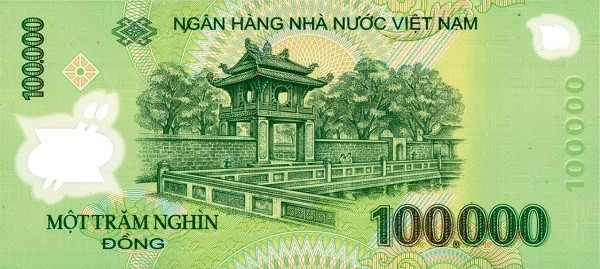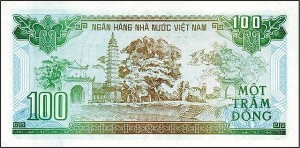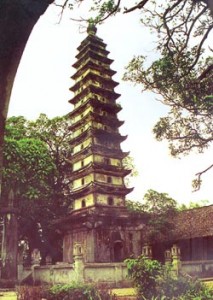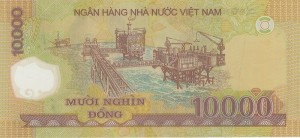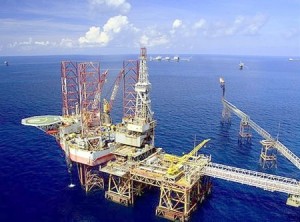Monetary is not only payment unit but also representative to the culture, history of each country through the images printed on the notes.
This time, I will introduce you some tourist destinations via each denomination of Vietnamese notes:
The VND 100 bill features Pho Minh pagoda at Tuc Mac village, Nam Dinh. The pagoda used to own a large vac, one of four valuables of Vietnam
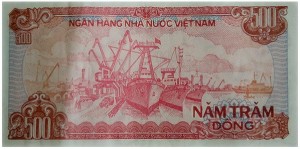
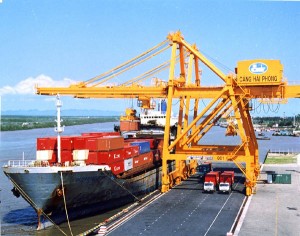
The VND 500 bill features Haiphong port, the second large port in Vietnam and the largest in the north. It was built by French in 1874
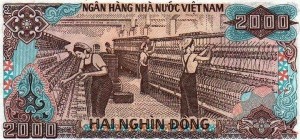
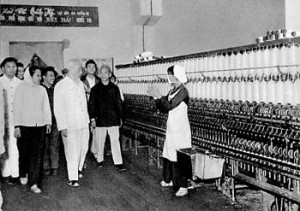
The VND 2,000 shows background of Nam Dinh textile factory. This used to be the largest textile factory in Indochina. Its establishment created conditions for constant development of revolutionary movements of working class
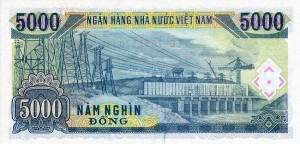
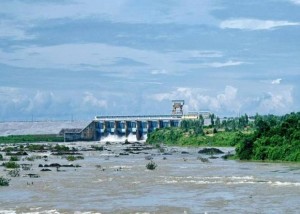
The image of Tri An hydroelectric plant situated in Dong Nai river was printed on the VND 5,000 bill. Thanks for favor of Soviet Union, the construction was built in 1984 and finished in 1991.
The VND 10,000 bill feature Bach Ho oilfield in Cuu Long basin exploited from 1975. This is the main oil supply for the country
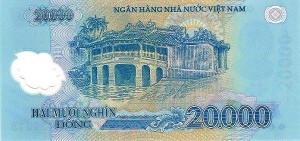
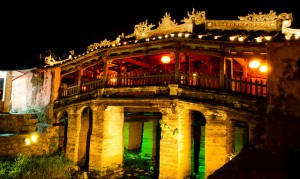
The VND 20,000 bill was printed the image of Chua Cau in Hoian. This is an ancient bridge built by Japanese businessmen in the XVII century. It is called Japanese bridge or Lai Vien Kieu.
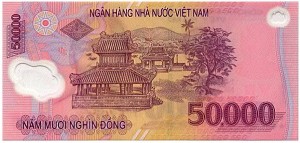
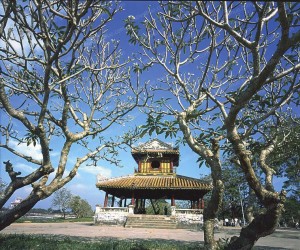
The VND 50,000 features Nghenh Luong Dinh and Phu Van Lau on the edge of Huong river, two building in Hue old capital in Nguyen dynasty. Dinh was the resting place and Lau was a book store of emperor

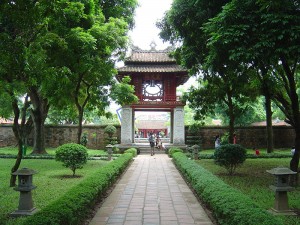
Temple of Literature was printed on the reverse side of VND 100,000 bill. This is the first Vietnamese university
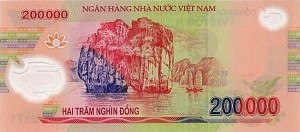
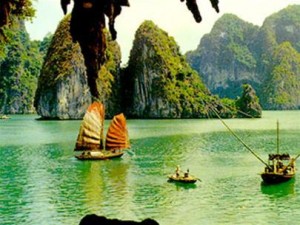
The VND 200,000 bill features an engraving showing Halong Bay, one of seven New Wonders of the world.
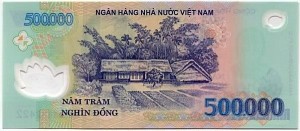
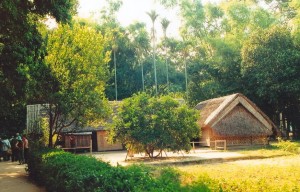
The VND 500,000 bill was printed the image of 5-apartments cottage in Sen village, Nam Dan, Nghe An- Uncle Ho’s native land, where he lived from a child to 16 years old
